11 Greatest Net Players in Tennis History
In the fast-paced world of tennis, the art of net play has produced some of the most breathtaking moments in sports history. While today’s game often revolves around baseline battles, there was a golden era when dominating at the net wasn’t just a tactical choice, it was an art form that defined champions.
From John McEnroe’s magical touch to Martina Navratilova’s athletic prowess, the greatest net players have transformed tennis through their unique abilities at the front of the court. Their legacy lives on as a testament to how creativity, quick reflexes, and perfect positioning can create an unstoppable force in tennis.
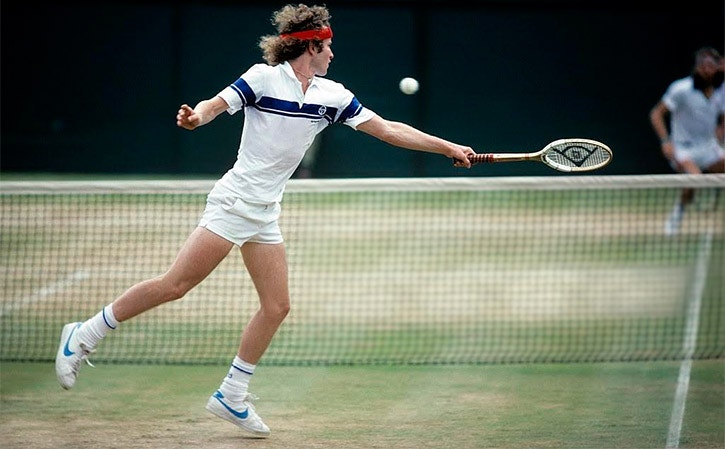
John McEnroe
Born in 1959 in Wiesbaden, West Germany, and raised in Queens, New York, John McEnroe stands as one of tennis’s most skilled net players. His career highlights include 7 Grand Slam singles titles, with 3 Wimbledon and 4 US Open championships.
McEnroe’s mastery at the net set him apart from his competitors. His quick reflexes and creative shot-making made him nearly unbeatable in close-range exchanges. He maintained the world No. 1 ranking for 170 weeks, thanks to his outstanding volley game and court coverage.
Pete Sampras, another tennis great, praised McEnroe’s abilities, stating, “The best I’ve ever seen at the net was John McEnroe. He had the best hands of anyone I’ve seen.”
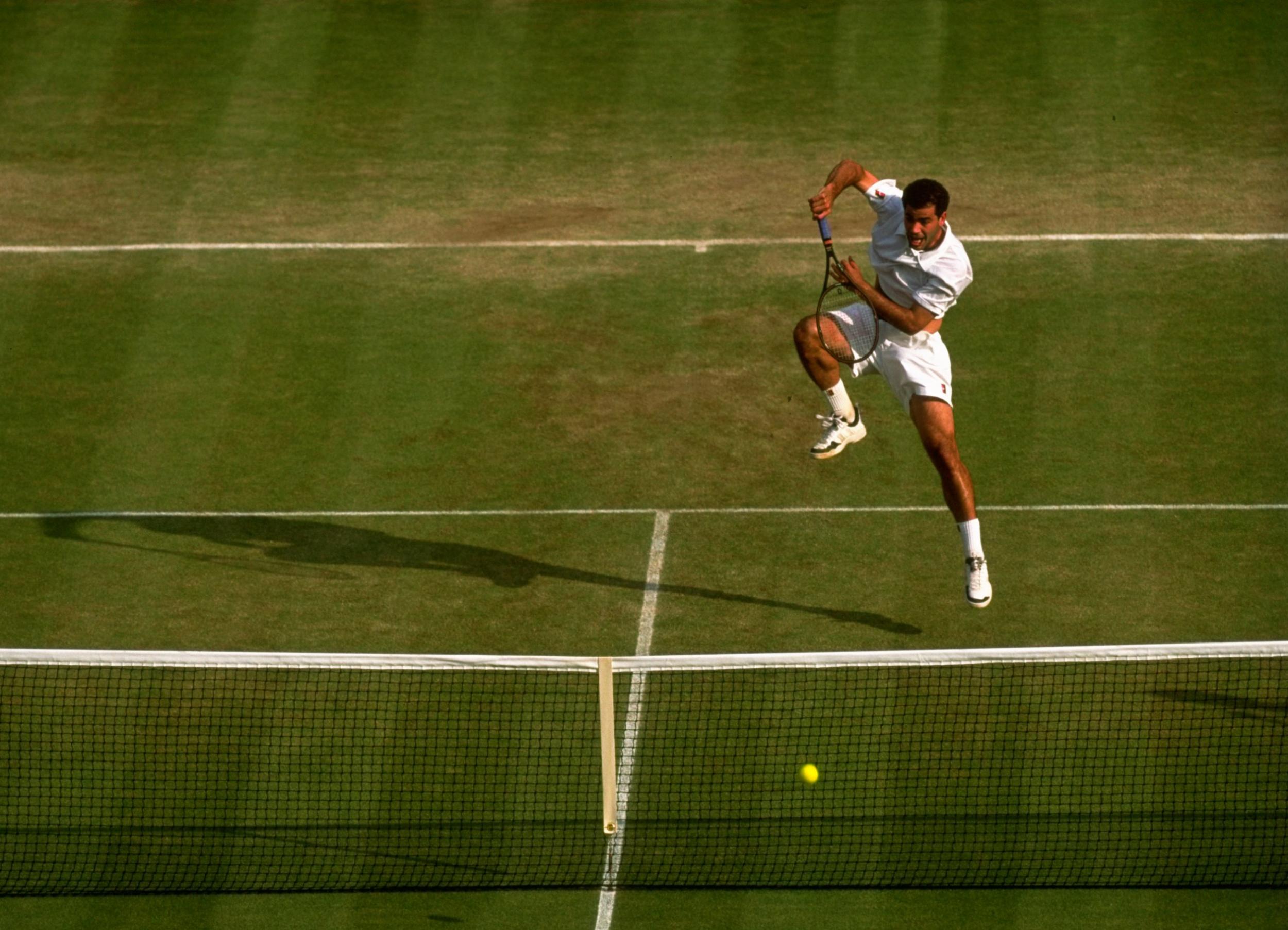
Pete Sampras
Born in 1971 in Washington, D.C., Pete Sampras made his mark on tennis with his powerful serve-and-volley strategy. His 14 Grand Slam singles titles, including 7 Wimbledon championships, showed his command of the court and net play skills.
Sampras mastered the art of following big serves with quick moves to the net. His approach combined raw power with precise placement, making him a feared opponent at the net. He held the year-end world No. 1 ranking for six straight years (1993-1998), a testament to his consistent excellence. He also perfected the slam dunk volley, a combination of basketball and tennis..
John McEnroe noted that while “Stefan Edberg‘s volleys were not as graceful as Edberg’s, they were more effective.” This effectiveness at the net helped Sampras dominate tennis throughout the 1990s.

Stefan Edberg
Born in 1966 in Västervik, Sweden, Stefan Edberg made his mark with 6 Grand Slam singles titles and 3 Grand Slam doubles titles. His approach to tennis stood out for its technical precision and masterful net play.
Edberg’s exceptional footwork at the net became his signature. He reached the top spot in both singles and doubles rankings, proving his skill across all aspects of tennis. His volleying technique combined swift movement with perfect positioning, making him a formidable opponent at the net. He had time and his soft hands made him a fearsome net player.
Boris Becker, a fellow tennis champion, offered high praise: “Stefan Edberg had the best volleys. His technique was perfect.” His strategic serve-and-volley style influenced a generation of players who followed.

Boris Becker
Born in 1967 in Leimen, West Germany, Boris Becker burst onto the tennis scene as a teenager. At just 17, he became the youngest Wimbledon men’s champion in 1985, marking the start of a remarkable career that included 6 Grand Slam singles titles.
Becker’s net play set new standards in tennis. His aggressive approach and quick movements made him unpredictable at the net and he was often seen diving around the court in dramatic fashion. He won three Wimbledon championships, where his net-rushing tactics proved most effective on the fast grass courts.
Tennis writer Gianni Clerici noted, “Born by mistake outside of Great Britain, he was no less a volleyer than Edberg.” Becker’s powerful serves followed by swift net approaches became his trademark, influencing many players who followed in his footsteps.
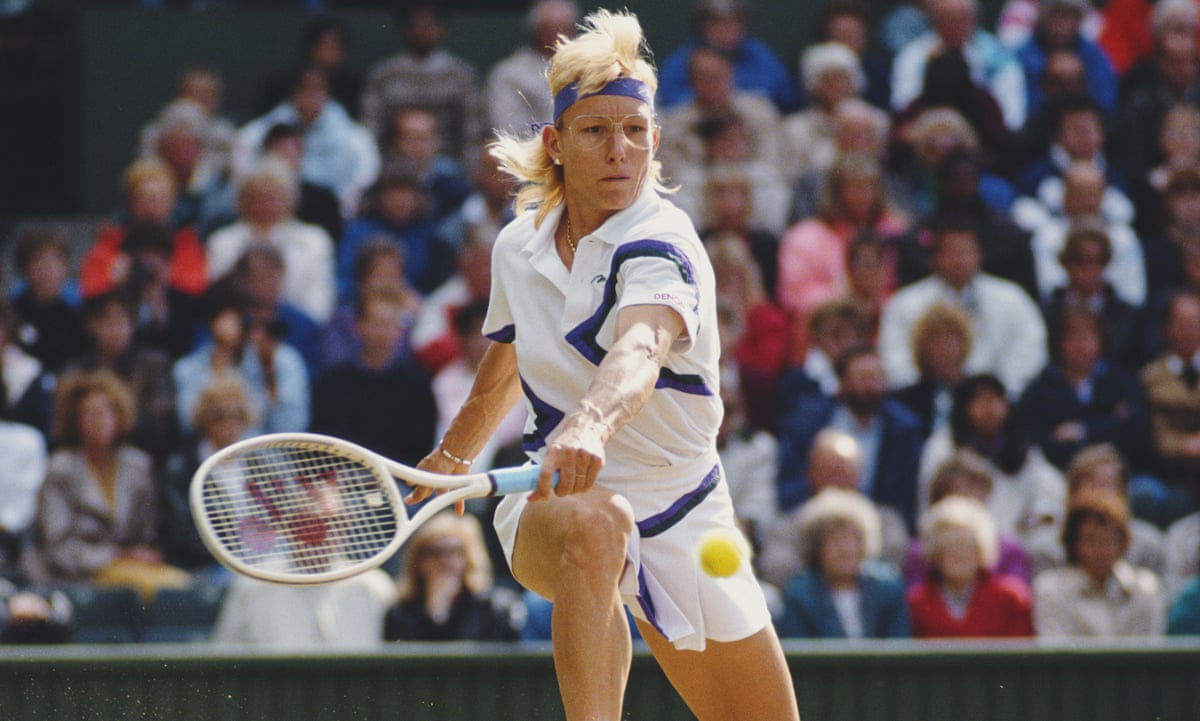
Martina Navratilova
Born in 1956 in Prague, Czechoslovakia (now Czech Republic), Martina Navratilova changed women’s tennis with her strong net-focused style. Her career featured 18 Grand Slam singles titles and an outstanding 31 Grand Slam doubles titles.
Navratilova’s quick movements and perfect timing at the net helped her stay at world No. 1 for 332 weeks. Her training methods brought a new level of strength and speed to women’s tennis, making her nearly unbeatable at the net. Many opponents would say she had a presence at the net like no other.
Chris Evert, her longtime rival, noted: “Martina brought athleticism to a whole new level with her training techniques.” Her aggressive serve-and-volley approach created a model for future players, showing how strength and skill at the net could dominate matches.
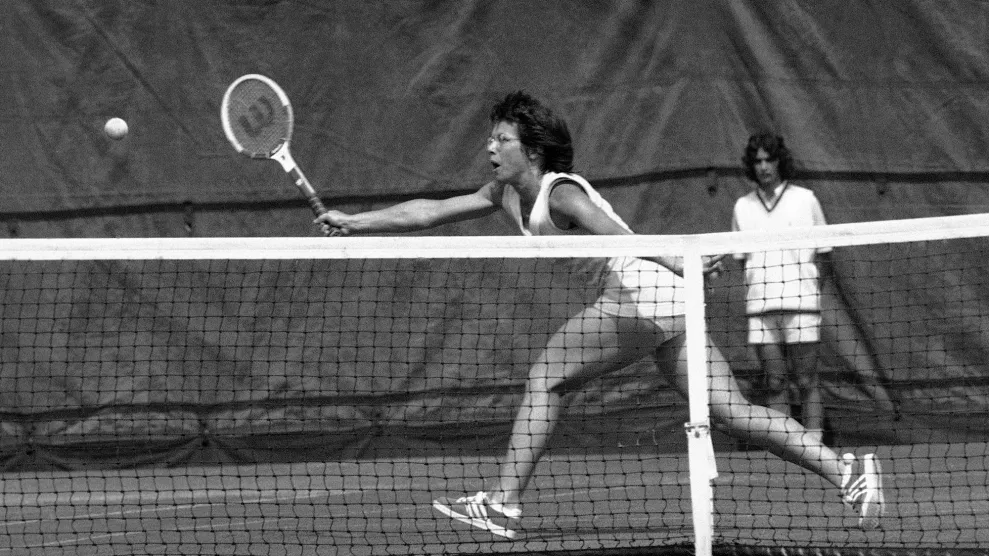
Billie Jean King
Born in 1943 in Long Beach, California, Billie Jean King shaped tennis through her fierce net-rushing tactics. Her 12 Grand Slam singles titles and 16 Grand Slam doubles titles showed her command of close-court play.
King brought a fast-paced, attacking style to women’s tennis. As WTA founder in 1973, she changed both the sport’s structure and playing style. Her quick movements to the net and perfect shot placement made her a tough opponent in any match.
Martina Navratilova acknowledged King’s skill with high praise: “Billie Jean King was one of the best volleyers ever, male or female.” Her success at net play proved that aggressive tactics could work in women’s tennis, setting a pattern for future champions.
Rod Laver
Born in 1938 in Rockhampton, Queensland, Australia, Rod Laver achieved what no other tennis player has matched: winning two calendar-year Grand Slams (1962, 1969). His 11 Grand Slam singles titles showed his command over every aspect of tennis.
Laver’s net play stood out for its precision and timing. His quick movements and smart shot selection made him tough to beat at any distance from the net. He mixed powerful approaches with soft touch shots, keeping opponents guessing throughout matches.
John McEnroe‘s words sum up Laver’s impact: “Rod Laver is the greatest tennis player of all time.” His all-court game and net skills influenced generations of players, setting standards that remain impressive today.
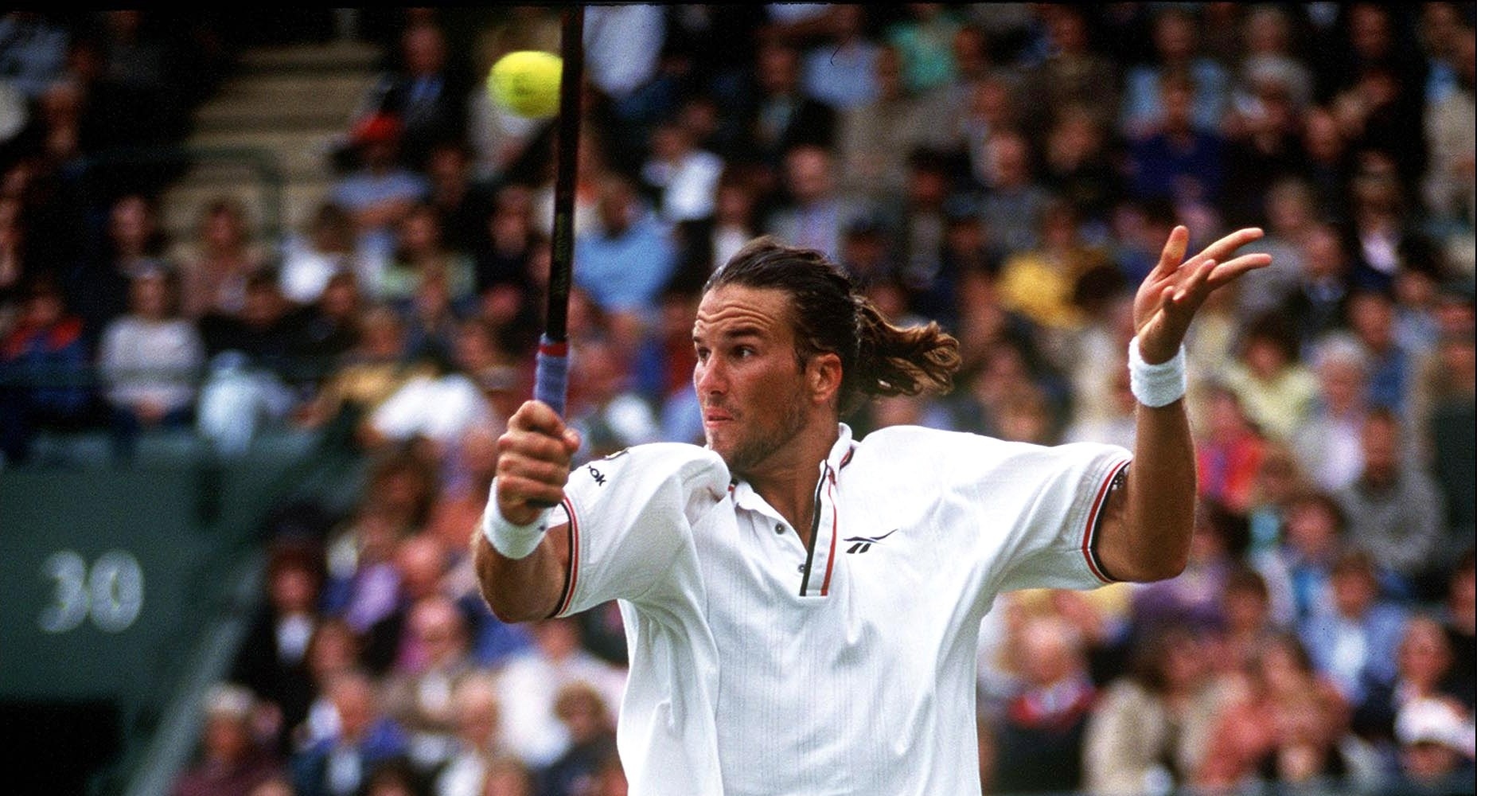
Patrick Rafter
Born in 1972 in Mount Isa, Queensland, Australia, Patrick Rafter made his name through exceptional serve-and-volley skills. His back-to-back US Open titles in 1997 and 1998 showed his command of quick-strike tennis tactics.
Rafter’s net game stood apart for its mix of speed and soft touch. His quick moves forward after serves often caught opponents off guard, while his precise volley placement made him hard to pass. He reached world No. 1 in 1999, proving his net-focused style could succeed at tennis’s highest level.
Pete Sampras, known for his own net skills, praised Rafter highly: “Pat Rafter is probably the best volleyer I’ve ever played against.” This recognition from such a respected player confirms Rafter’s place among tennis’s top net specialists.
Leander Paes
Born in 1973 in Calcutta, India, Leander Paes built his tennis legacy through outstanding doubles play. His career includes 8 men’s doubles Grand Slam titles and 10 mixed doubles Grand Slam titles, marking him as one of tennis’s top net specialists.
Paes’s quick reflexes and soft touch at the net made him a standout doubles player. His fast reactions during close-range exchanges and perfect shot placement helped him hold the world No. 1 doubles ranking for 37 weeks.
Martina Navratilova, who played mixed doubles with Paes, offered the highest praise: “Leander is the best volleyer I’ve ever seen, man or woman.” His net skills and quick reactions made him one of tennis’s most successful doubles players.

Roger Federer
Born in 1981 in Basel, Switzerland, Roger Federer’s 20 Grand Slam singles titles speak to his mastery of tennis across all playing styles. While not primarily a serve-and-volley player, his net game showed remarkable skill and adaptability.
Federer’s quick movements and perfect timing at the net complemented his baseline play. He held the world No. 1 ranking for 310 weeks, using his all-court abilities to outmaneuver opponents. His approach shots and volley technique combined power with touch and incredible precision, making him tough to beat at any distance.
John McEnroe’s assessment captures Federer’s technical mastery: “Federer is the most perfect player of all time… The most perfect technique.” This mix of baseline strength and net skills helped Federer stay at tennis’s top level throughout his career.
The Evolution and Style of Net Play
Net play dominated tennis from the 1970s through the 1980s but has become less common in today’s baseline-focused game. Each top player brought their own style: McEnroe used touch and creativity, Sampras focused on power and precision, while Edberg moved with technical skill.
Court surfaces have shaped net play tactics. Fast grass courts at Wimbledon supported aggressive net approaches, while slower hard courts made baseline play more effective. Modern racquet technology has increased baseline power, making it harder to succeed with pure serve-and-volley tactics.
Today’s players like Alcaraz mix net play with strong baseline games. Rather than rushing the net after every serve, they choose specific moments to move forward. This tactical shift shows how net play remains useful but now serves as one tool among many in a complete tennis game. Drop shots, tweeners and lobs have also brought the net in to play more in recent years.
The Legacy of Tennis’s Net Masters
The evolution of tennis has seen the serve-and-volley style fade from dominance, but the impact of these legendary net players continues to influence the modern game. Their contributions have shown that mastery at the net isn’t just about quick reflexes – it’s about reading opponents, perfect timing, and having the courage to move forward when others might stay back.
While baseline play may dominate today’s tennis, the artistic touch and tactical brilliance demonstrated by these net specialists remind us that tennis is a game of infinite possibilities. Their achievements have set benchmarks that inspire players to this day, proving that true mastery at the net remains one of tennis’s most impressive skills.


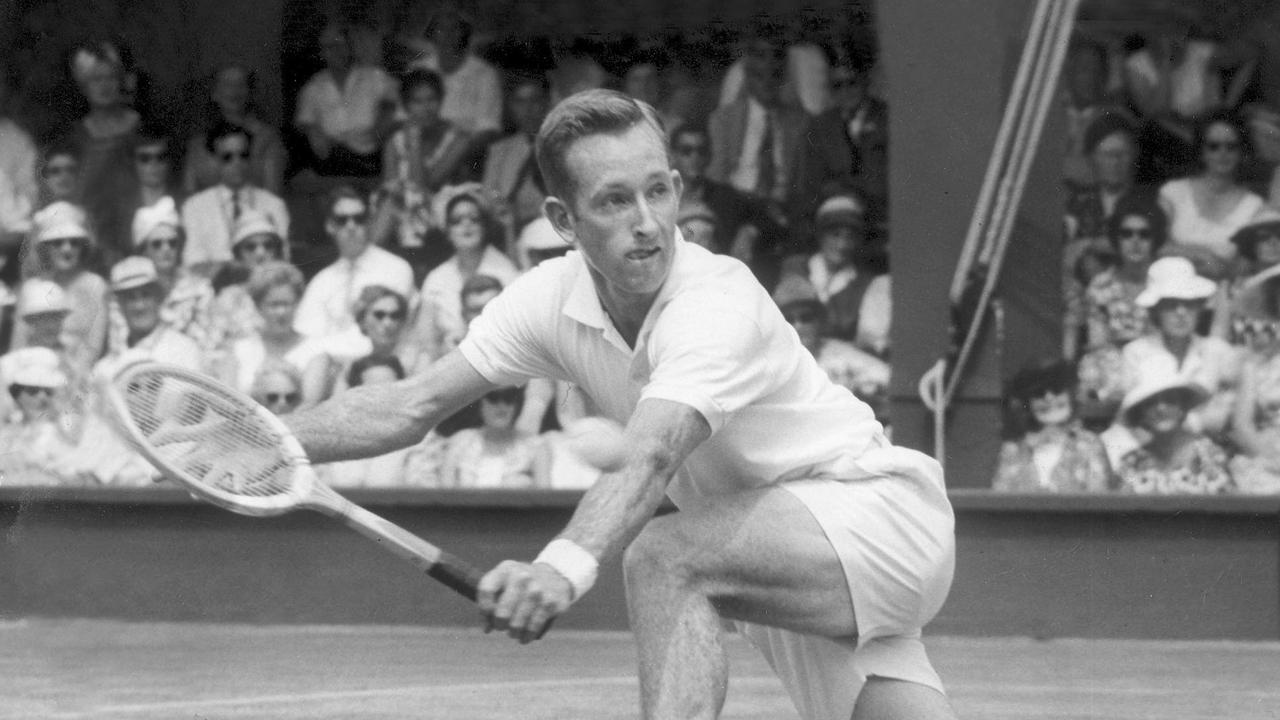
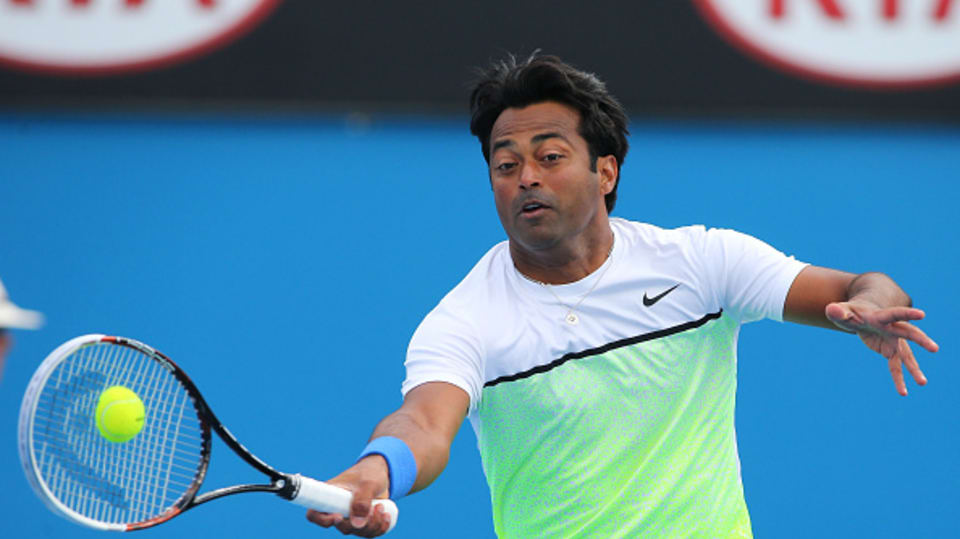


Comments are closed.